15 Fascinating Facts About the Nutritious Cauliflower

With its white, fluffy florets and bland reputation, cauliflower often gets overlooked compared to more colorful produce options. But this versatile brassica vegetable has a lot more to offer than you might think!
Beyond its mild taste and low-carb uses, cauliflower has a rich history and nutrition profile. There are over 40 varieties to try – in a rainbow of colors – that provide some impressive health benefits.
Read on for 15 fascinating facts about the often under-appreciated cauliflower:
1. Cauliflower is Closely Related to Other Brassica Vegetables
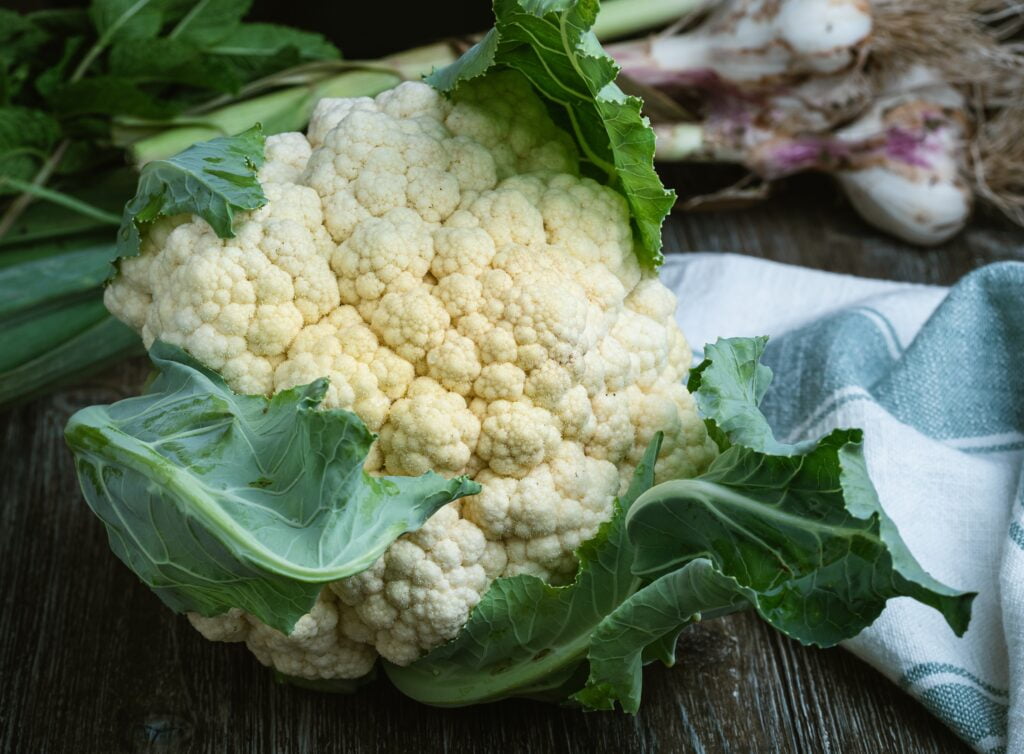
Cauliflower belongs to the Brassica oleracea species, which also includes broccoli, Brussels sprouts, cabbage, collard greens, and kale. These vegetables are all different cultivars of the same plant species.
While the edible head of cauliflower resembles a white version of broccoli, they are actually two distinct cultivars within the Brassica family.
Cauliflower shares the same ancestry as other cole crops. But through centuries of selective breeding, it developed into the unique vegetable we know today.
2. Cauliflower Comes in a Rainbow of Colors
The most common variety has a white head, but cauliflower also comes in orange, purple, and green varieties:
No matter what color you choose, all varieties of cauliflower are packed with nutrients. The different colors indicate varying concentrations and types of health-promoting phytonutrients.
3. Italy is the Ancestral Home of Cauliflower
Cauliflower first emerged in the Mediterranean region, likely in Italy, during the 6th century B.C. In fact, the earliest documented drawings of cauliflower plants were found in Mediterranean cave dwellings dating back thousands of years.
From Italy, cauliflower cultivation spread to Turkey and then Northern Europe over the following centuries. Traditional Italian recipes still make great use of cauliflower today.
4. Cauliflower is Tricky to Cultivate
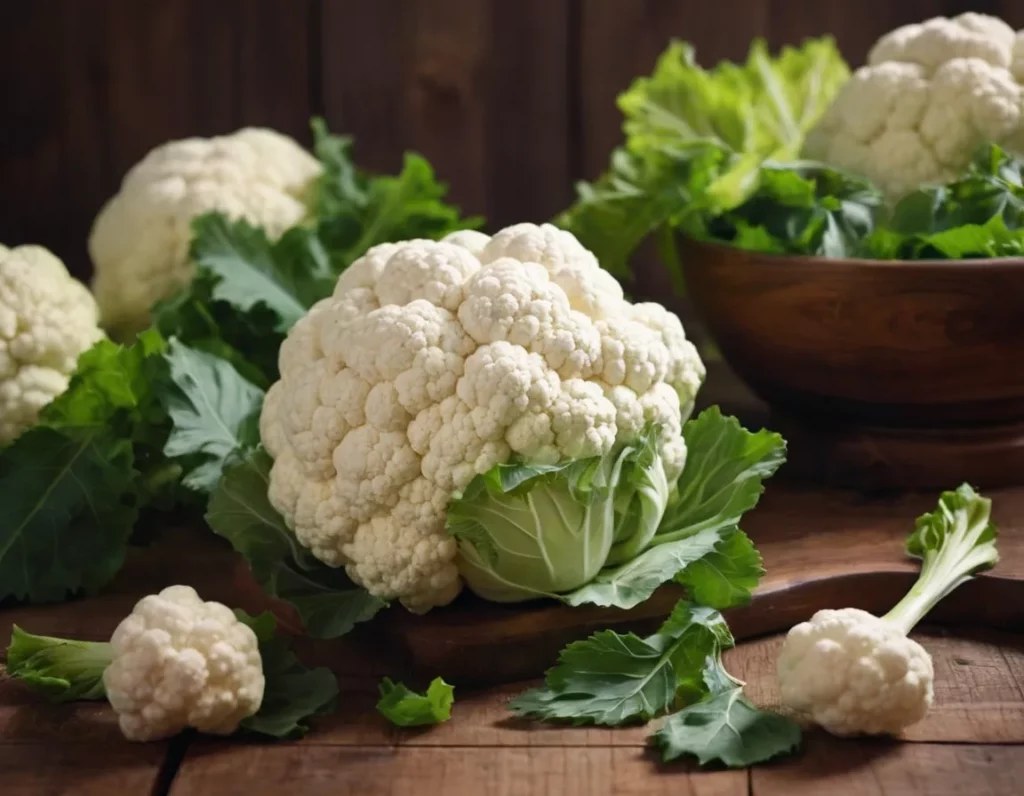
Cauliflower is one of the more challenging vegetables to grow. It requires consistent cool temperatures and is sensitive to heat, soil conditions, and pests.
The cauliflower head (curd) develops best in temperatures between 60-70°F. Too much heat will cause it to separate into small clusters rather than forming one solid head.
Cauliflower also needs nutrient-rich, well-draining soil and adequate water during growth. Developing heads must be protected from direct sun exposure or they will brown and degrade.
5. The Entire Plant is Edible
While the cream-colored curd is the most popular part eaten, the entire cauliflower plant is edible:
Don’t throw out those nutritious leaves and stems – find creative ways to incorporate them into your recipes!
6. White Cauliflower Packs Impressive Amounts of Vitamins and Antioxidants
The white cauliflower curd may look bland and plain, but it boasts an impressive nutritional profile:
Don’t let the white color fool you – cauliflower packs a big nutritional punch.
7. Orange Cauliflower is Ultra-High in Vitamin A
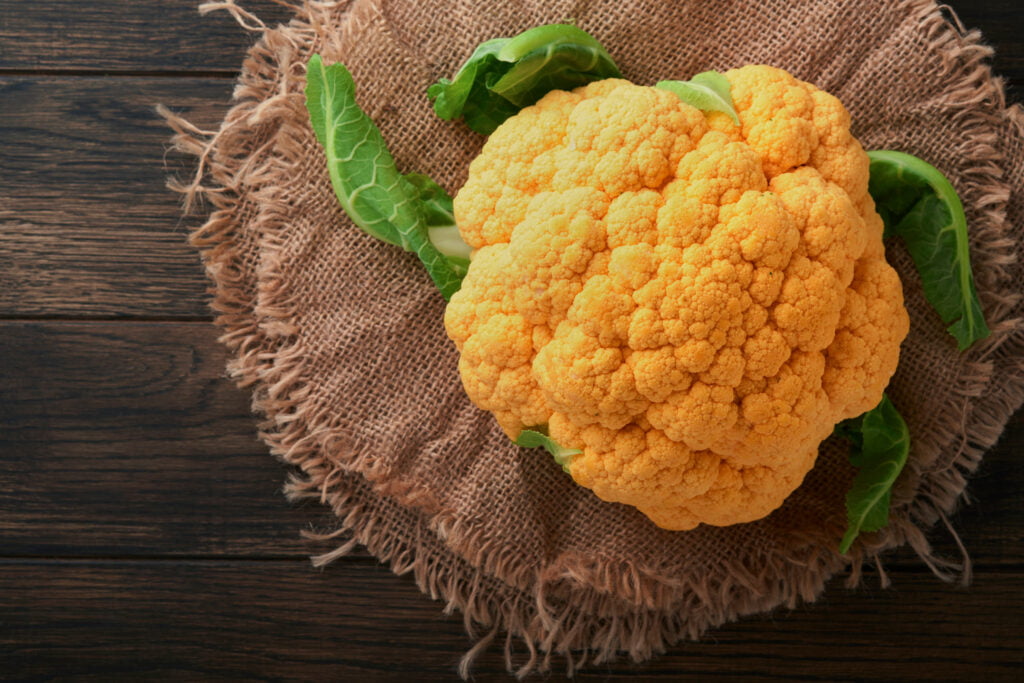
Orange cauliflower gets its bright color from beta-carotene, an antioxidant that your body converts into vitamin A.
In fact, just one cup of cooked orange cauliflower contains over 600% of your RDI for vitamin A. That’s 25 times more than white cauliflower provides!
Vitamin A promotes eye health, boosts immunity, and acts as an antioxidant. Orange veggies like carrots and sweet potatoes are other good plant sources of this important vitamin.
8. Compound Sulforaphane Gives Cauliflower Anti-Cancer Abilities
All types of cauliflower – but especially broccoli-like green cauliflower – contain a sulfur-rich compound called sulforaphane.
Studies suggest sulforaphane has anti-cancer effects due to its antioxidant and anti-inflammatory properties. It may help prevent various types of cancer by inhibiting tumor growth and activating detoxification enzymes.
Researchers have found promising links between cauliflower sulforaphane intake and reduced risk of prostate, breast, colon and ovarian cancers.
Eating cauliflower regularly can be an easy way to get more of this protective compound in your diet.
9. Cooking Methods Impact Cauliflower Nutrition

To get the most nutrition from cauliflower, steaming, roasting, or sautéing are best. Avoid boiling!
Boiling cauliflower causes water-soluble vitamins like vitamin C to leach out into the cooking liquid. One study found that blanching cauliflower destroyed over half of the vitamin C content originally present.
Cooking methods that use minimal water – like light steaming or pan roasting with a bit of healthy oil – will help the cauliflower retain more nutrients.
10. Cauliflower Can Substitute for Grains and Starches in Recipes
With its mild flavor and fluffy texture when riced or mashed, cauliflower makes an easy, low-carb substitute for grains, rice, and starches:
With some creative preparation, cauliflower can mimic your favorite comfort foods in a more nutritious way.
11. It Provides Choline, an Essential But Often Overlooked Nutrient
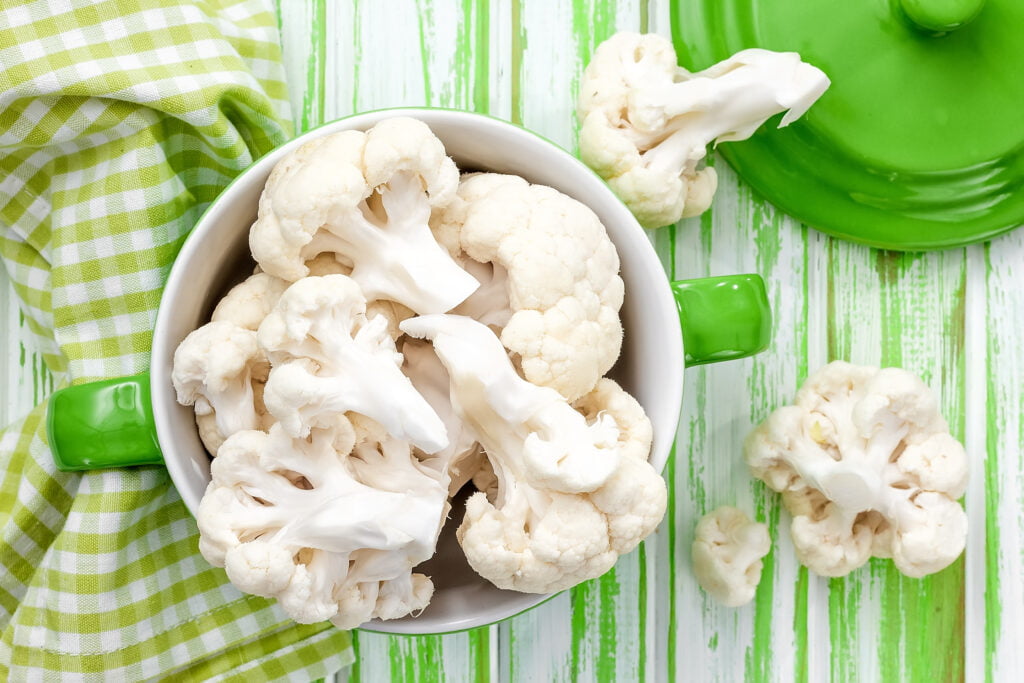
Choline is an essential nutrient that plays several roles in the body:
Despite these critical functions, most people eat far less choline than recommended. Just one cup of cauliflower contains 10% of your RDI for choline.
12. The Cauliflower Head is a Cluster of Undeveloped Flower Buds
What we eat as the vegetable cauliflower is actually just a dense cluster of arrested flower buds.
Left to fully develop, those immature buds would bloom into petite yellow cauliflower flowers. But commercial cauliflower is harvested before the buds ever get the chance to blossom.
Occasionally in home gardens, if the developing curds aren’t harvested promptly, the buds will open into flowers. But the quality and taste deteriorate once this happens.
So farmers harvest the vegetable heads while the buds are still tight, compact, and flavorful – long before any chance of flowering.
13. There Are Over 40 Diverse Varieties of Cauliflower
While most grocery stores stock the common white cauliflower, heirloom varieties come in a diverse array of shapes, sizes, and colors.
Farmers markets and specialty grocers will offer the most diverse cauliflower varieties. Trying new types adds color and flavor variety to your recipes.
14. Selective Breeding Has Boosted Yield and Shelf Life
While heirloom varieties offer diversity, most large-scale farmers grow high-yielding hybrids instead.
Hybrids like Snow Crown and Amazing were selectively bred to improve productivity and extend the harvest duration. They produce abundant, uniform heads over an extended harvest window.
However, hybrid varieties are generally lower in nutrients compared to heirlooms. So for the best flavor and nutrition, seek out local cauliflowers from farmer’s markets when possible.
15. India Produces 32.5% of the World’s Cauliflower
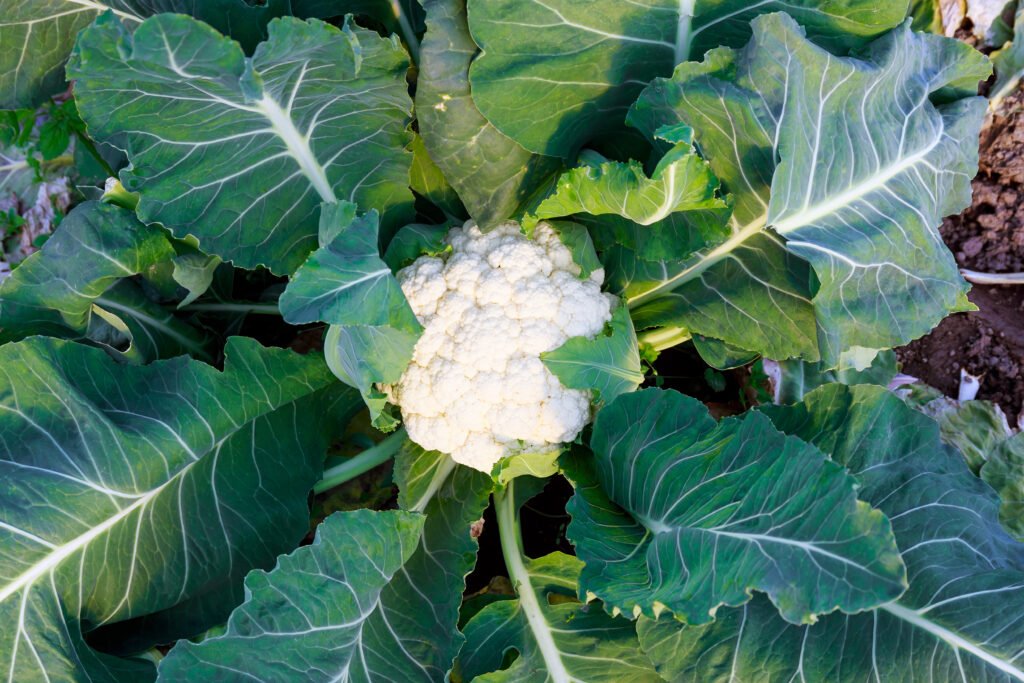
While cauliflower traces its origin to Italy, today India dominates in cauliflower cultivation, producing over 50% of the global supply.
In 2019, China grew over 9.1 million tons of cauliflower! Other top producers include India, Spain, Mexico and Italy.
With its rich history and nutrition profile, cauliflower is clearly much more than a boring white vegetable. There’s a whole world of delightful flavors, applications, and health benefits to discover with this diverse cruciferous veggie.
In summary, don’t underestimate the incredible cauliflower! With a wide variety of cultivars to try and an impressive nutritional makeup, cauliflower has earned its place as far more than a meaty garnish. This flower-less floret is ready to blossom as the next nutrition superstar in your kitchen.





